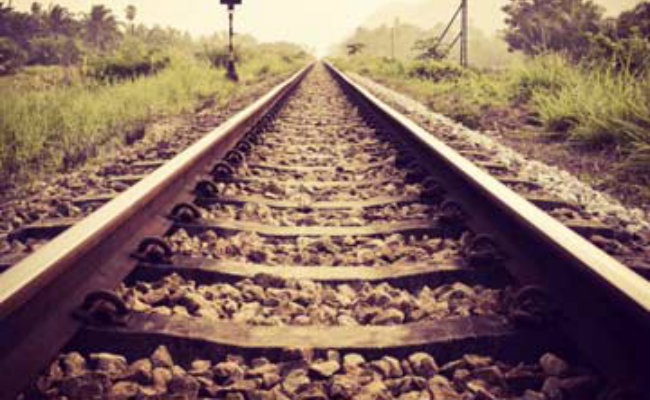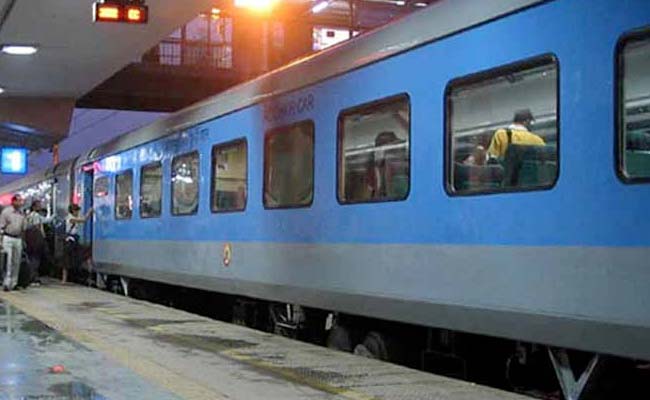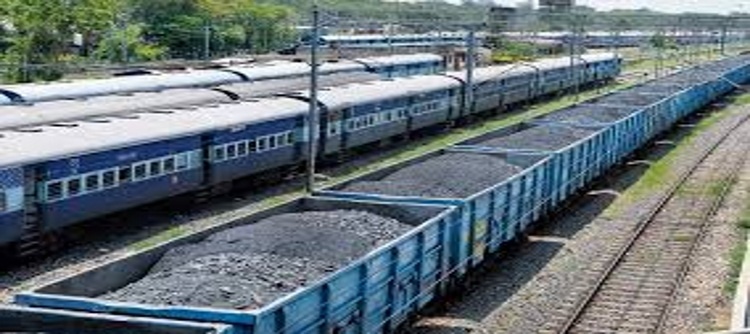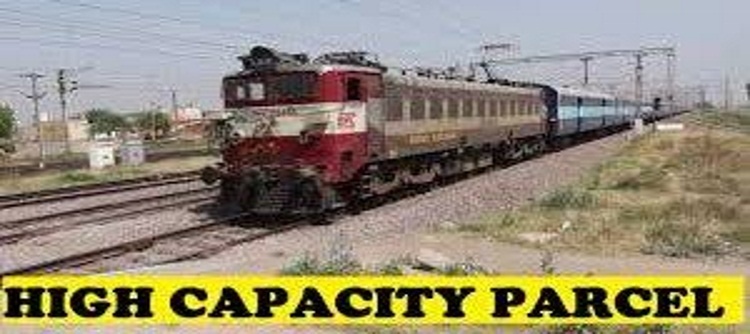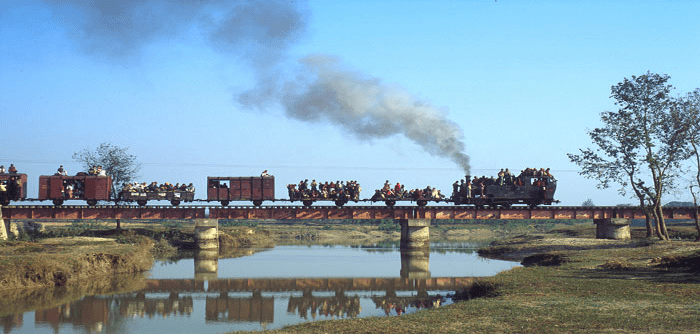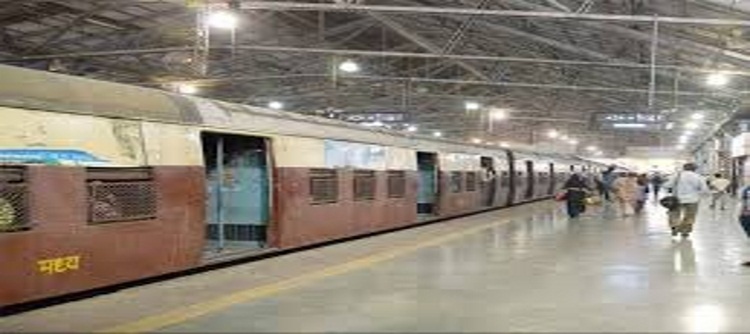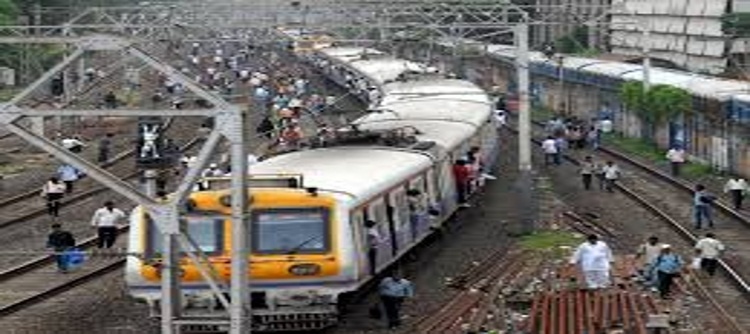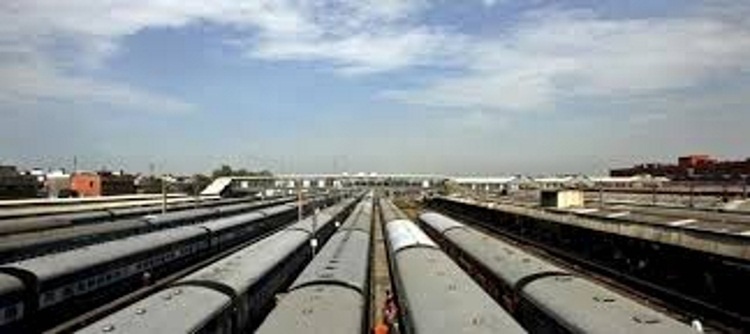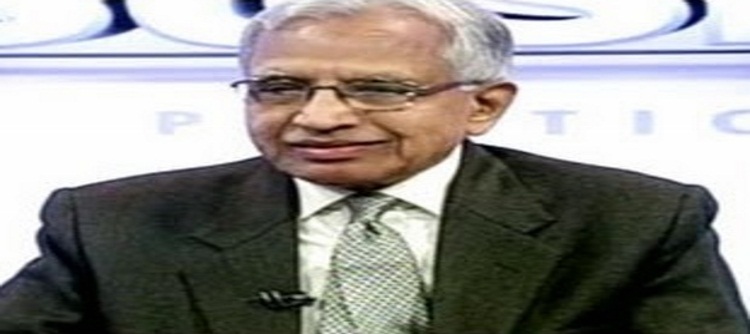
The very mention of high speed rail or bullet train often elicits images of exorbitantly expensive infrastructure projects. High speed rail or HSR, which basically means trains running on dedicated lines at 250 km/h or higher has almost everywhere been initially dubbed as elitist. And India is no exception.
Just as it was asked in the case of the pioneer Shinkansen in Japan and later TGV in France, a general query is posed here too: isn’t HSR a case of muddled priorities in India? Why do we need such a capital-guzzling project when many other pressing issues need resources?
Let us get the perspective right. India’s pioneering 500-km ‘bullet’ train corridor between Mumbai and Ahmedabad, being executed in collaboration with Gujarat and Maharashtra, in no way crowds out any of Indian Railways’ projects and schemes. Japan’s offer of the $12 billion assistance at highly concessional terms is not transferable to other rail projects.
HSR advantage
A few selected high-density HSR corridors are amply justified for a mature mobility mix, to unlock an immense hidden value, and for the country not to be left out of essential technology upgrade. A nation of India’s size, potential and aspirations has to envision its destiny, sometimes with, what may appear, irrational exuberance.
As a McKinsey report suggests, by 2025, the number of households earning ₹2,00,000-₹10,00,000 annually will have risen to 583 million from the current 50 million. More intensive urbanisation as well as rising incomes would lead to higher travel propensity.
It is inconceivable that the Railways would continue to deny itself a peep into the rapid technological and commercial transformation railway systems world over experience.
Concerns over depleting fossil fuel reserves, climate change, overcrowded airports, delayed flights and congested roads have conspired against the HSR technology alternative.
Energy-efficient and environmentally benign, a high-speed electric train emits an eight and a fifth of carbon dioxide as against automobiles and airplanes per passenger km, respectively. A double-track rail line has more than thrice the passenger carrying capacity of a six-lane highway while requiring less than half the land.
Apart from diverting passengers from road and air, HSRgenerates a new class of passengers as well. With the average operating speeds of around 250 km/h, HSR helps bring settlements 500 km apart within two hours of each other. Designed to be faster than a car, while also cheaper and more convenient than a plane, HSR has been a catalyst for economic growth, a stimulus for the development of satellite towns, helping alleviate migration to metropolises. Providing services from and to city centres, HSR serves important centres en route, providing value for time through express and easy access to tier-II and tier-III cities.
HSR’s unblemished safety record is an important benefit: with a 2,500-km network, providing high frequency, up to 14 trains per hour, the Shinkansen ever since its inception in 1964 has maintained a unique record of no fatal accident. The TGV has been running without any accidents for the last 30 years, and more.
Global best practice
Today, most large railway systems have HSR. The TGV operating on some routes every five minutes is hailed as the real “low-cost” carrier. Shinkansen has emerged as an invaluable part of Japan’s mobility and economy. With already a 22,000-km sprawling high speed PDL (passenger dedicated lines) network, longest for any country, China is set to extend it to 30,000 km by 2020, when its total rail routes aggregate to 200,000 km. Less than a decade ago, China had no HSR; now its high speed trains move twice as many passengers as its airlines, and the demand keeps growing.
In India, clamour constantly increases for passenger trains providing hassle-free, speedy, safe, reliable and comfortable travel. Already, Indians are travelling more; they are travelling longer. By 2020-21, Indians will travel on average thrice as much as they travelled in 2000-01. The Railways has woefully lagged in substantially extending, accelerating and modernising its infrastructure and services.
The Railways needs to segregate its passenger business from freight, for better focus and orientation, enabling it to quickly pluck some ‘low hanging fruits’. It should upgrade the wherewithal for ‘semi high speed’ inter-city trains for, say, 10-12-hour journeys on Delhi-Mumbai and Delhi-Kolkata Rajdhanis and 3-4 hour commuting on Shatabdis.
The Railways needs to restructure its services and tariffs to be able to reposition rail travel in preference to car as well as airlines. Its annual loss currently estimated at ₹30,000 crore from the passenger business is untenable.
More than suburban passenger traffic the ordinary second class fare is responsible for losses. There appears no rationale, for example, for non-suburban commuters availing of season ticket concession up to a distance of 150 km; this segment, though amounting to 22.1 per cent of non-suburban travellers in 2015-16, contributed a meagre 1.3 per cent of earnings.
A win-win
HSR fares are normally higher than classic rail services for increased speed, reliability and comfort. HSR stations are as a rule as comfortable and attractive as airports. The Shinkansen fare includes a surcharge that doubles the fare for conventional trains. HSR fares in China are around thrice the conventional train fares. Revenues from fare box collections are appreciably buttressed, in particular by commercial developments in and around HSR stations. Japan’s JR East Group operates over 40 hotels, offers some 177,000 retail locations at stations, and earns advertising revenues from 17 million daily passengers.
The Railways operates a daily average of over 13,000 passenger trains — including about 3,400 long distance inter-city mail and express services, 4,700 short distance stopping “regional” trains, and around 5,000 sub-urban ‘locals’, mostly in Mumbai and Kolkata. Slow sectional trains among the ‘regional’ services contribute the maximum loss in passenger business.
They also have multiple stops and consume a substantial portion of scarce movement capacity, including on high density routes. An autonomous corporate entity, if put in place under the Railways’ umbrella, would be better equipped to manage all sectional/regional passenger services including specific short distance suburban streams on the system.
The Railways must ensure the Ahmedabad-Mumbai HSR project is commissioned within stipulated time and cost. It needs to keep the other six designated HSR corridors on radar, feasibility studies for which have already been completed.
Additional detailed techno-economic studies strangely awarded by the Railways for 350 km/h trains corridors on arterial routes along the golden quadrilateral and its diagonals are prima facie ill conceived.
As a thumb rule, for high density routes of 200-800 km, airlines cannot match HSR in terms of total journey time inclusive of first/last-mile connectivity with airports/stations and ancillary security checks, etc; below 200 km, road transport has an edge; beyond 800 km, air option is better placed.
